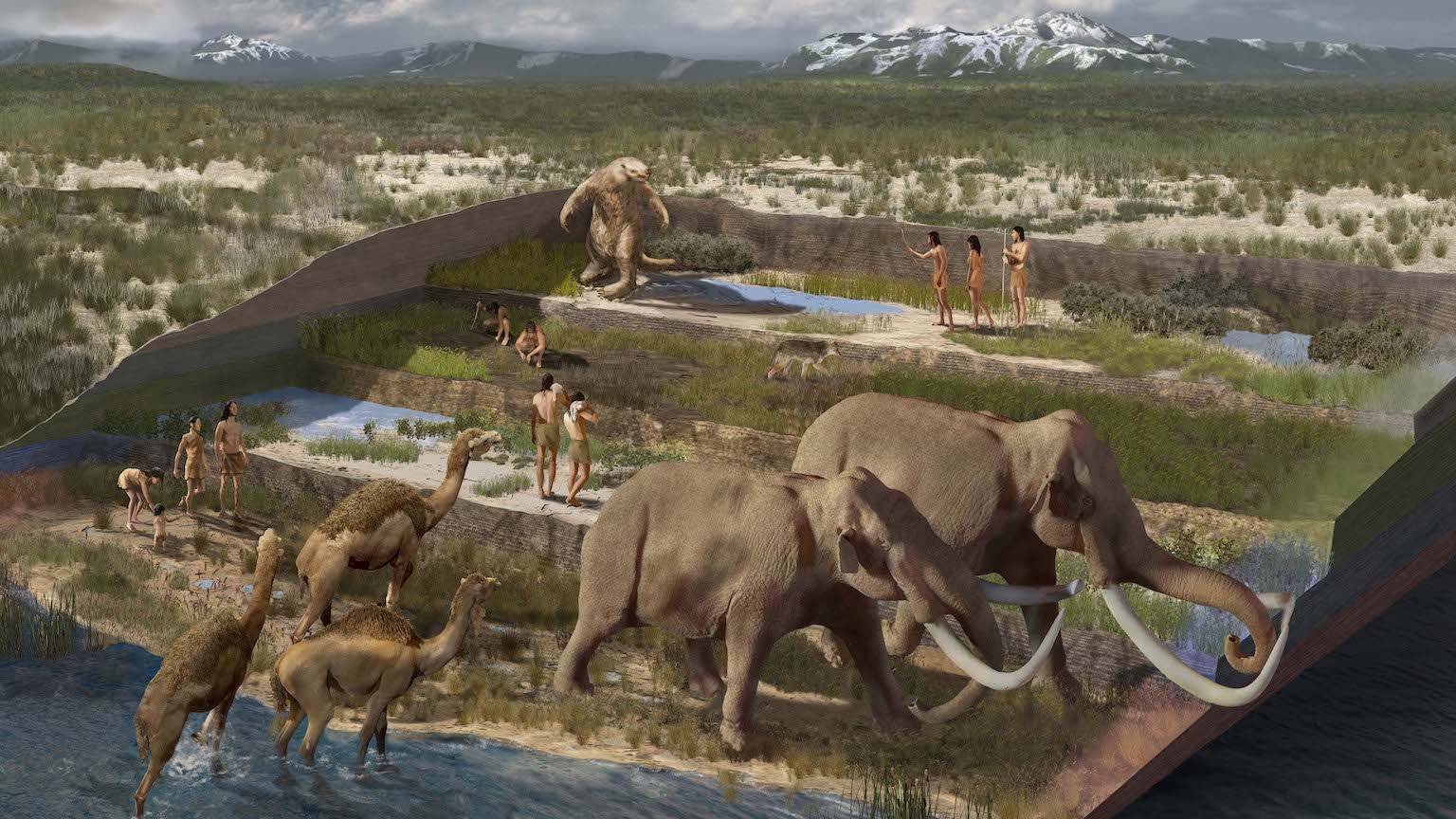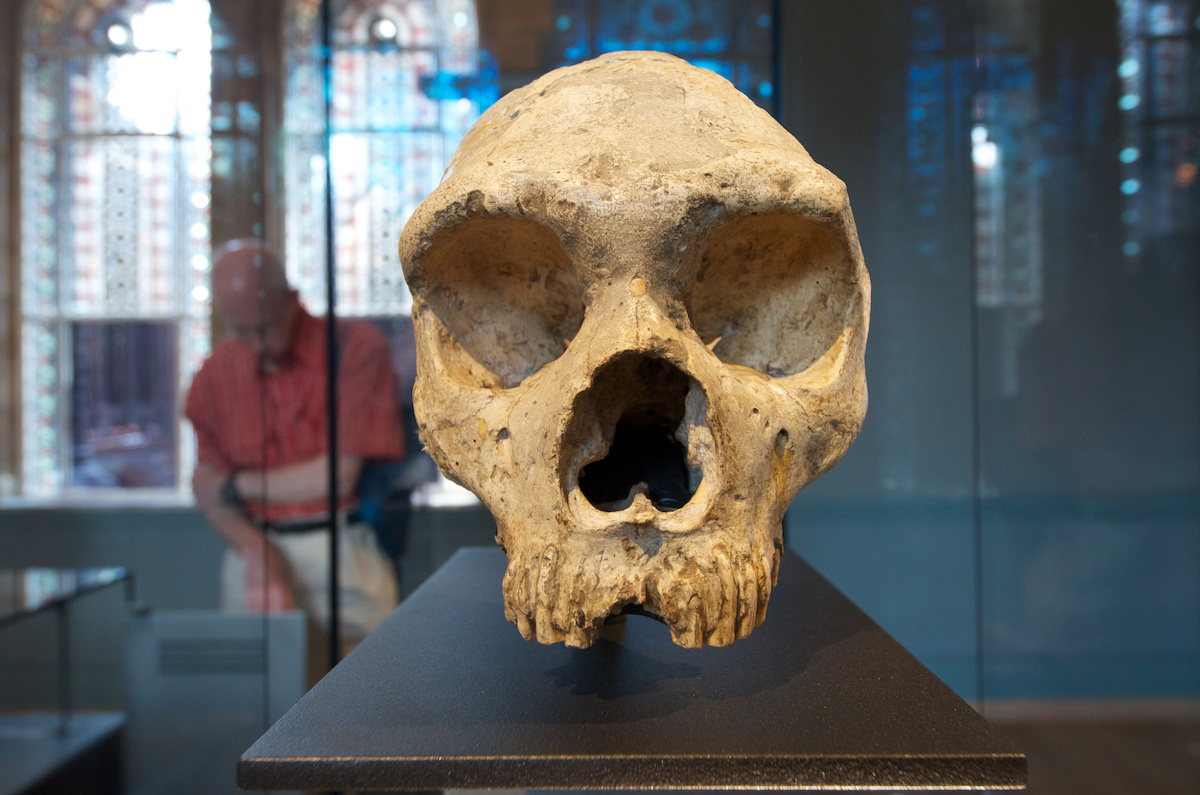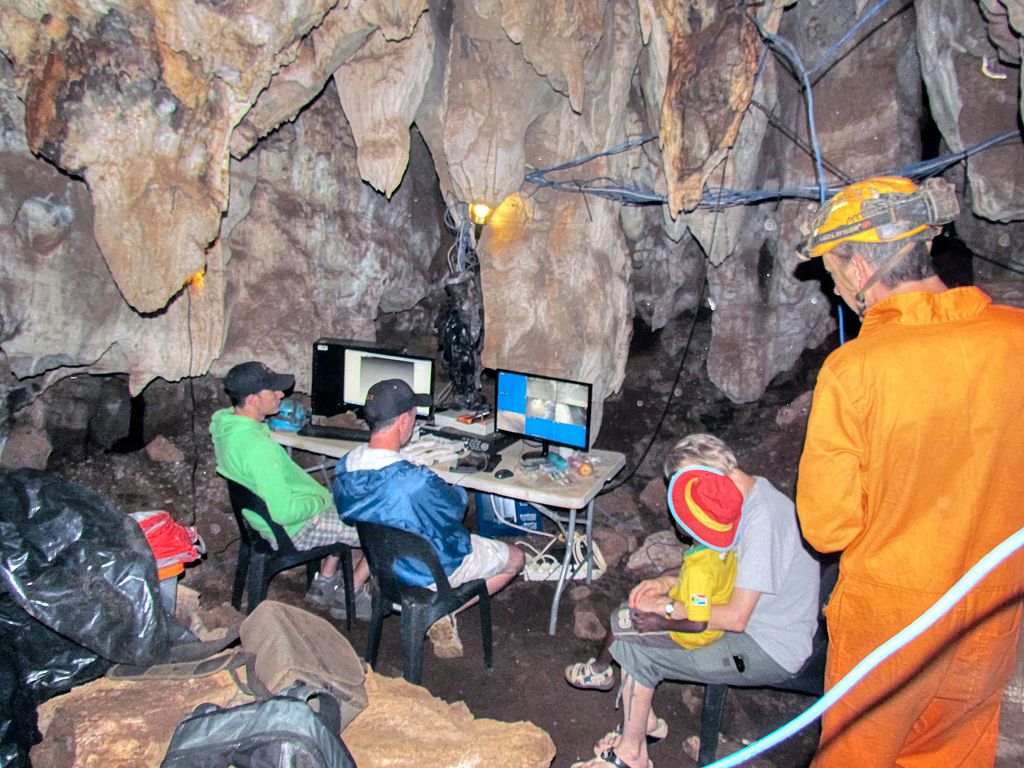Laetoli tracks: Are footprints alone enough to identify a new species of ancient human?
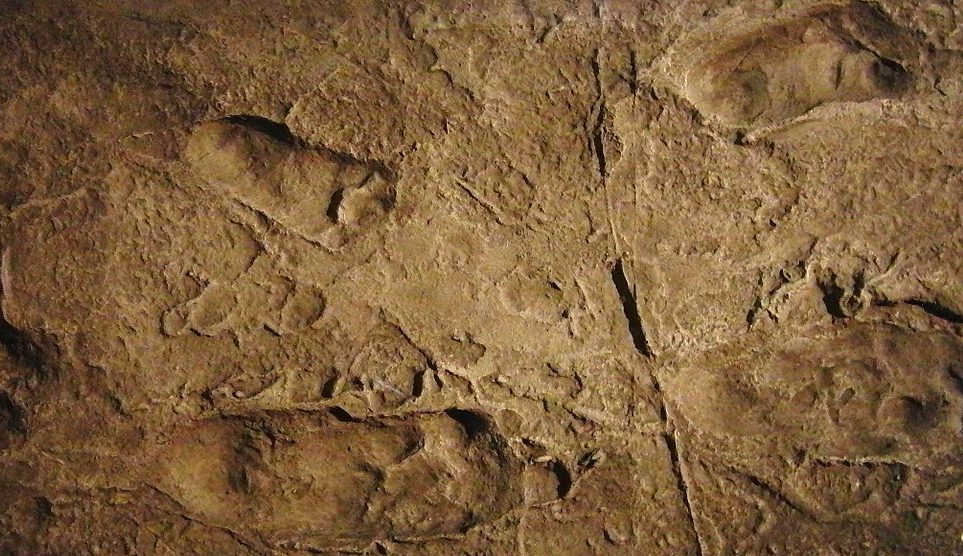
- The footsteps preserved at Laetoli, Tanzania have been instrumental in figuring out the evolutionary development of our species.
- A poorly preserved, cross-stepping track found at Laetoli was long attributed to a bear, but a recent study claims they actually belong to a different species of ancient human.
- Though several paleontologists are not convinced by this conclusion, the study shows how footprints allow us to piece together the distant past.
In 1976, archaeologists stumbled upon a series of prehistoric footprints at Laetoli, Tanzania. The shape of the prints, preserved in a thin layer of volcanic ash, were similar to our own, suggesting their makers were hominins, and fully bipedal ones at that. This was exciting news, as it seemed to contradict our most basic understanding of human evolution.
Until recently, paleontologists assumed the evolution of larger brains preceded and perhaps even stimulated our transition to striding bipedalism. However, the Laetoli prints — dated to around 3.6 million years ago and attributed to Australopithecus afarensis — precede fossil evidence for enlarged brains, suggesting hominins walked upright long before they learned to make and handle tools.
Archaeologists also found another set of tracks at Laetoli, located not at site G like those described above, but at site A. These had a shape that was not recognizably hominin, and were arranged in a cross-stepping pattern different from the way we modern humans move around. One paleoanthropologist attributed the tracks to a bear and, in lieu of a more compelling hypothesis, the attribution stuck.
With that, the site A footprints soon fell into obscurity. Here they stayed until 2019, when researchers led by Ohio University professor Ellison McNutt decided to reexamine them. Their study, recently published in Nature, concluded the trackmaker was neither a bear nor a member of Australopithecus afarensis, but a different species of ancient human with a distinct way of walking.
The discovery of Laetoli’s site A prints
When the footprints at site A — five in total — were discovered in the 1970s, they were initially assumed to have been made by hominins. “The footprints,” announced Mary Leakey, the first paleoanthropologist to study them, “indicate a rolling and probably slow-moving gait, with the hips swiveling at each step, as opposed to the free-striding gait of modern man.”
Leakey’s assessment might have proven conclusive, were it not for the fact that each footstep crossed the midline of the previous one before touching the ground. In gait analysis — the study of animal locomotion — this is sometimes referred to as cross-stepping. It is a way of walking that no human, modern or ancient, is known to have used.

When researchers came across the footprints at site G, those at site A were called into question yet again. While the site G prints were instantly recognizable as human, those at site A were anything but. In articles, researchers described them as “most unusual” and “curiously shaped.” The only thing they could agree on was that the tracks must have been made by a flat-footed mammal moving bipedally.
In a 1987 paper, paleoanthropologist Russell Tuttle put forth three different hypotheses that made sense of the prints’ enigmatic shape and cross-stepping gait: either their appearance had been distorted by the passage of time, or they belonged to a juvenile bear that had been walking upright, or they were left by a species of hominin.
A mystery unsolved
The first and third hypotheses were difficult to prove, but the second seemed manageable. Tuttle studied footprints from contemporary circus bears that were trained to walk on their hind legs and was not disappointed with what he found. The bears’ short steps and wide imprints closely resembled the tracks at site A, even if the width of those steps did not.
While some mistook the paleontologist’s best guess for decisive evidence, Tuttle was all too aware of his own shortcomings and receptive towards future study. “Until detailed, naturalistic biometric and kinesiological studies are performed on bipedal bears and barefoot humans,” he wrote, “we will have to defer choosing among the hominid and ursid hypotheses on Laetoli individual A.”
In another paper, paleontologists Tim White and Gen Suwa concluded that “reliable identification of these enigmatic prints at Laetoli site A will be impossible until they are more fully cleaned.” Their assessment served as a primary motivation for McNutt, whose team went on to remove the site A prints of infill before trying to determine their closest fit.
Though not all of the five prints could be cleaned without damaging them, McNutt’s team managed to reveal morphological details that had previously remained obscured. The exposure of the impression of a second digit in particular would allow them to rule out hypotheses which, to Tuttle and his colleagues, had seemed perfectly plausible.
Ruling out the bear hypothesis
The further McNutt’s team moved along in their analysis, the less likely the ursid hypothesis appeared to them. Working with an animal rehabilitation center in New Hampshire, they recorded over 50 hours of footage of wild black bears. Of those 50 hours, less than three minutes showed bears engage in unsupported bipedal posture and locomotion.
Only on one occasion did a wild bear take four unassisted bipedal steps. An alarming number, considering the trackmaker at Laetoli had taken at least five. “The low frequency of this behavior, and the absence of quadrupedal-bipedal transitional footsteps,” McNutt’s study reads, “makes it unlikely, but not impossible, that ursid bipedalism was preserved at site A.”
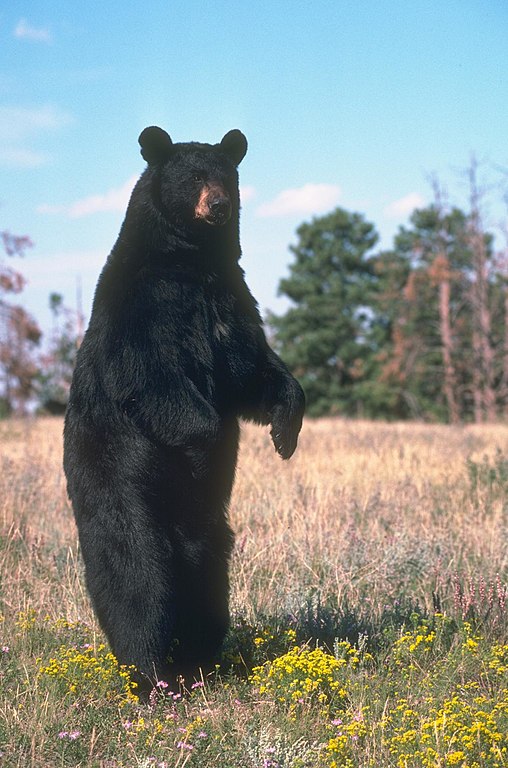
Also, of the 85 mammalian species known to have wandered the volcanic landscape of Laetoli 3.6 million years ago, bears were not among them. Their skeletal remains have never been found, and McNutt’s efforts to clear infill from the site A tracks revealed no evidence of claw impressions. Together, these facts make the notion that the trackmaker was an ursid seem highly unlikely.
Moving on, McNutt’s team used 3D photogrammetry and laser scanning technology to fill a digital archive with precise measurements of the site A footprints. These measurements were then compared to footprints from bears, chimps, and humans. This comparison, they hoped, would bring them a step closer to determining the trackmaker’s identity.
From bears to hominins
While the dimensions of the site A track fall within the range of a juvenile ursid, McNutt’s team identified several key features that are more human than bear-like. These include the distinctive proportions of the toes on one particular footprint, as well as the heel impressions, which were much wider and flatter than that of a typical bear.
If the shape of the footprints is humanlike, so too is their placement. “Cross-stepping was never observed in our comparative sample,” the study reads, “but humans do it occasionally as a compensatory strategy for re-establishing balance after perturbation.” Given that cross-stepping is rarely observed in chimps and nearly impossible for bears, the researchers go on to assert the trackmaker was hominin.
But if they were indeed hominin — like the trackmakers of site G — then why do the footprints from these two sites look so markedly different from each other? If the trackmakers of site A were also members of the Australopithecus afarensis species, they may have suffered from some kind of physical deformity that affected their gait, like valgus knees or adducted hips.
Ultimately, however, the paper settles for a different explanation. The inferred foot proportions, gait parameters, and 3D morphologies of the footprints found at site A are so different from those found at site G that the researchers believe “a minimum of two hominin taxa with different feet and gaits coexisted at Laetoli.”
Enduring questions
As with any research paper that ends on a note as striking as this one, not everyone has accepted McNutt’s claims with open arms. While paleontologists commend the team for their attempt to solve this decades-old mystery, some argue that the evidence presented in the article is not nearly as conclusive as its authors would like to think and urge caution when reviewing its contents.
“These authors have effectively falsified the fringe notion that the [site A] prints were made by some unidentified bear,” Tim White, whose research was cited by McNutt’s team, tells Big Think. “But demonstrating that it’s not a bear is not the same as demonstrating that another hominid species was lurking in the bushes while leaving only footprints of its presence.”

“The way we or chimps walk around is rather variable,” adds paleontologist William Harcourt-Smith. “We sometimes misstep, or do something a little strange for some idiosyncratic reason. What if only such an instant was captured in the geological record?” Harcourt-Smith concurs that the tracks themselves do not provide enough evidence to truly figure out who made them.
For that to happen, more than five distinct footprints would have to be found. Until then, McNutt’s research can be appreciated for definitively ruling out the bear hypothesis, as well as for suggesting that the development of bipedalism may be more complex than previously thought, potentially producing a variety of gaits that have been poorly preserved in the fossil record.

